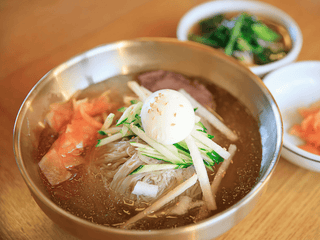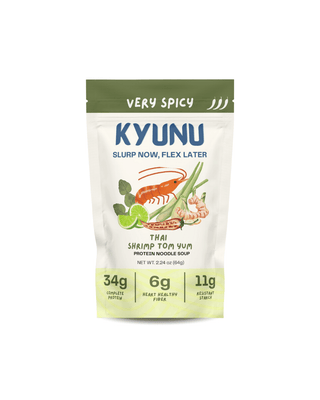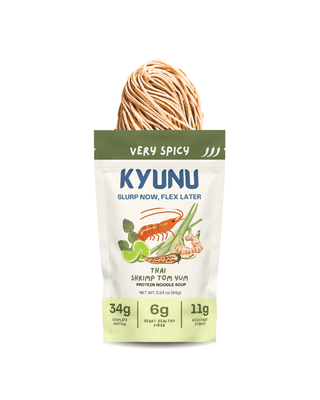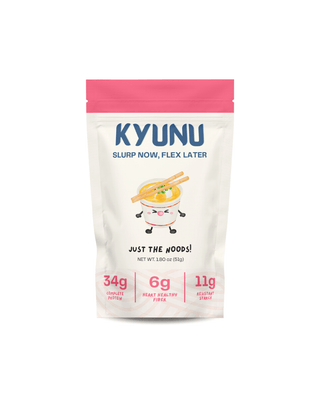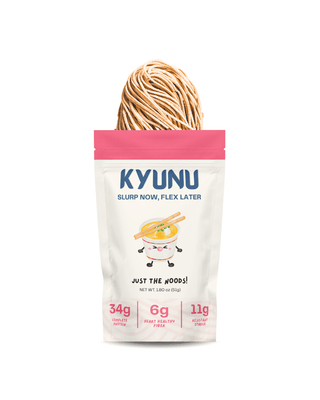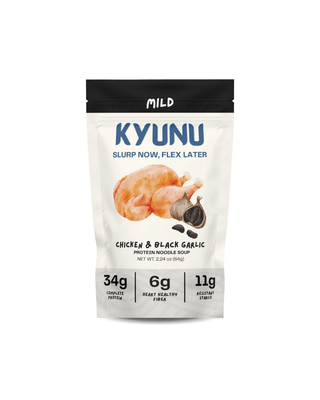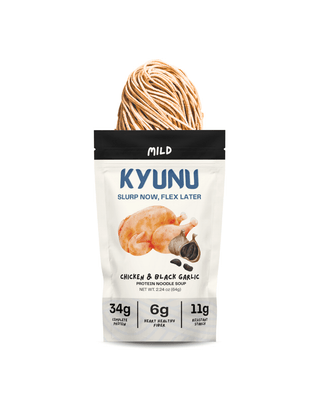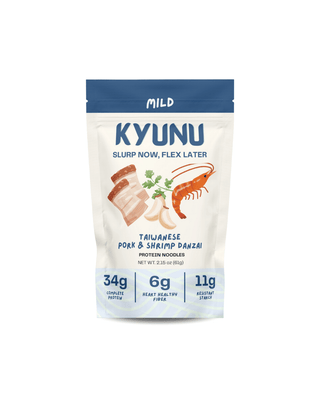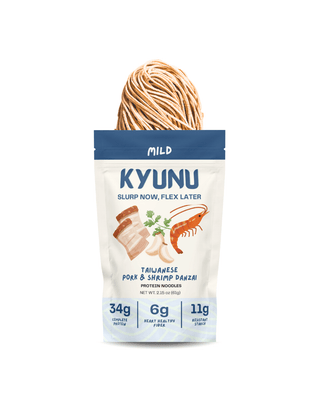On a sweltering summer day in Las Vegas, sometimes you just want something that is cold, tangy and refreshing. You've probably never heard of dongchimi, Kimchi's lighter, fruitier cousin. It's about to become your new obsession to beat the heat.
What is Dongchimi?
Dongchimi is a type of fermented kimchi that's got a lot more liquid. Unlike its fiery red cabbage cousin, dongchimi is a clear, refreshing radish kimchi that's mild in heat and a little sweet and sour. The fermenting liquid is light, salty, sweet, and tangy—almost like a Korean gazpacho. Typically it is served as banchan, a side dish, but it can also be used as the base for Mul Naengmyeon an addictive cold noodle dish with super strechy buckwheat noodles swimming in a chilled broth. In most Korean restaurants in America, that icy broth is a beef broth that's been flavored with mustard and vinegar. But in Korea, you can often find it made with dongchimi!
I first saw this on a Netflix show called, "Let's Eat." If you haven't seen this romantic comedy, it is definitely a must watch! On the show, you learn a lot about various regional dishes, including a special chicken-based northern style mul naengmyeon, which I have never seen in the US. After I started craving this regional specialty, I started searching for places to buy it and for recipes. You can find Dongchimi in select Korean grocery stores, like Mom's Refrigerator in Las Vegas, NV.
Now, traditionally, dongchimi is fermented for days or even weeks. But let's be real – sometimes you want that dongchimi goodness ASAP. That's where the internet's favorite korean cooking instructor Maangchi comes in. She's like the cool Korean aunt you wish you had, and she's given us the gift of quick-fermented dongchimi.
In this recipe, we're using Maangchi's speed-fermentation method, which cuts the fermentation time from a 4-7 days to roughly 2 days, depending on how warm it is in your kitchen.
Quick Dongchimi - Maangchi Style
Ingredients (Serves 4, because sharing is caring)
For the Quick Dongchimi
- 1 pound Korean radish (mu), cut into thin half-moons
- 2 tablespoons coarse sea salt
- 3 tablespoons coarse sea salt
- 1 Korean pear (or sweet apple), cored and roughly chopped
- 1/2 onion, roughly chopped
- 2 green onions, cut into 2-inch lengths
- 2 garlic cloves, minced
- 1-inch piece of ginger, minced
- 1 green chili pepper, thinly sliced (optional, for heat seekers)
- 1 tablespoon sugar
- 14 cups of water
- 4 cups cold water
For serving
- 4 portions of Kyunu noodles (our protein-packed secret weapon)
- Ice cubes
- 1 tablespoon toasted sesame seeds
Equipment
- 1 large (1/2 gallon or 2-liter) glass jar with a tight-fitting lid
- Blender or food processor
- Small saucepan
- Large 4-8 quart pot
- Noodle Strainer (optional)
- Large mixing bowl
Cooking Instructions
For the Dongchimi (Water Kimchi)
Radish prep (Operation Thin Slice)
- Slice the radish into thin half-moons. Channel your inner mandolin (the tool, not the instrument).
- In a large bowl, toss the radish slices with 2 tablespoons of sea salt.
- Put into your fermentation vessel (a large jar).
Fruity brine assembly
- Bring 14 cups of water to a rolling boil
- In a blender or food processor, puree the Korean pear (or apple) and onion until smooth.
- Pour this puree into the boiling water. Stir thoroughly, then cover and cook for 20 minutes.
- Remove from heat and let it cool to room temperature.
- Add 3 tbsp of salt and stir
- Strain the mixture to remove the pulp from the juices
Flavor pouch assembly
- Put the sliced chili pepper, garlic, ginger, and gochugaru (Korean hot pepper flakes) in a pouch. For a mild version, omit the chili pepper and hot pepper flakes.
Fermentation time
- Pour the flavor-packed brine over your radish mix.
- Add the flavor pouch to the brine, put on some gloves and gently rub it to release some flavors and color from the gochugaru if you are using it.
- Cover the jar with some cheesecloth and a rubber band. Then, leave it on the counter to ferment. The duration of fermentation will depend on the temperature in your kitchen.
- After it has fermented to a stage that prefer, put it in the refrigerator to slow the fermentation process. Let it chill for at least 3-4 hours. Overnight is even better if you can resist the temptation.
Notes on fermentation time
Dongchimi Mul Naengmyeon, KYUNU style
Cook the noodles
- Bring a large 4-8 quart pot of water to a rolling boil.
- Cook KYUNU Rulebreaker Noods for 1-1.5 minutes or until there are no more frozen clumps.
- Drain and rinse under iced water until they're ice cold. Then drain well.
Serve it up
- Divide your chilled Kyunu noodles among serving bowls.
- Fish out some radish slices and other goodies from your dongchimi jar and arrange them on top of the noodles.
- Top with additional fresh sliced cucumber and asian pear.
- Top with steamed brisket if using.
- Pour that tangy, flavorful brine over everything.
- Toss in a few ice cubes to keep it extra refreshing.
- Sprinkle with toasted sesame seeds for that nutty finish.
Remember, our Kyunu noodles are the perfect dance partners for this quick fermenting dongchimi. They're soaking up all that quick-fermented, fruit-infused flavor while adding a protein punch to your bowl. It's like they were made for this speed-dating version of dongchimi!
Pro tip: This quick dongchimi will keep in the fridge for about 3-4 days, getting tangier by the day. But let's be real – with Kyunu noodles in the mix, it'll be gone faster than you can say "kimchi"!
Now go forth and slurp it up, noodle nerds! 🚀🥢🥕🍜❄️

